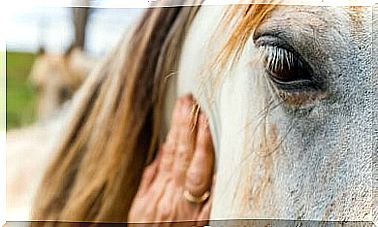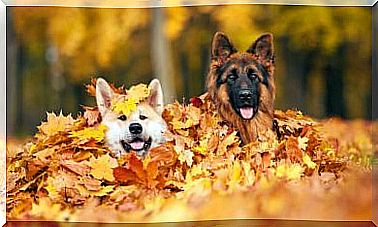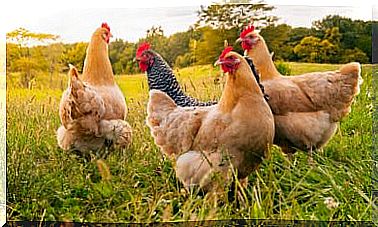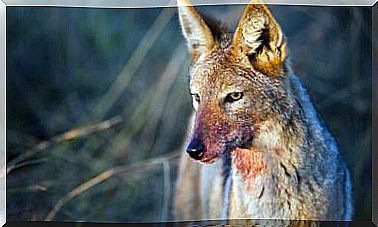Myths About Canine Aggressiveness
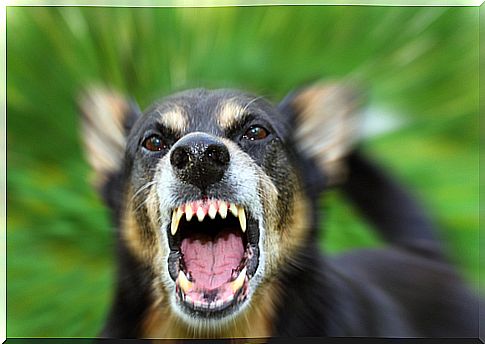
There are several myths around canine aggressiveness and it is normal to have fallen into them at some point, when we were trying to better understand the behavior of a specific dog.
Although it is generally said that the dog is the “best friend of man” given its great capacity for empathy and sociability, there are many beliefs that continue to label certain breeds as “aggressive” for purely genetic reasons.
In general terms, canine aggressiveness is understood as the predisposition of a dog to attack, either another animal or the human being himself. Barking, grunting, the intention to bite or certain gestures such as showing teeth anticipate the threatening attitude of a dog.
In most cases, this misconduct arises in response to retaliation, although it can also occur without prior provocation.
The origin of canine aggressiveness
The great myth about this type of violent behavior is the one that links its presence to certain dog breeds, in such a way that it attributes all responsibility for a bad act to genetics.
Faced with this ingrained prejudice about breeds such as the Rottweiler, the Pit Bull Terrier or the Doberman, the scientific community has highlighted the weight of the environment and the breeding methods in the behavioral development of the animal.
An example of this is that of the German shepherd or even the pit bull himself, used as Police Service dogs as opposed to the frequent bites of Chihuahuas, Pomeranians or Yorkshire terriers.

In this way, although there are breeds that have traditionally been bred in order to protect against others with a purely accompanying function, it will be the individual temperament and the education of the dog that end up defining its behavior.
Thus, it can be stated that the majority of attacks produced by the so-called dangerous breeds are due to dogs whose attack capacity has been reinforced, to the detriment of their socialization.
Another well-known myth is the one that associates canine aggressiveness with the attitude of dominance. Given this, zoologists and ethologists agree that dogs clearly understand the difference between them and humans. In addition, they come to understand our body language and other commands, feeling confused when they are imitated.
Therefore, that a dog does not act according to a command does not mean that he feels superior to his owner. Most likely, it will be that they do not understand it or do not want to abide by it, as it happens in any educational process.
How to prevent a violent attitude?
When it comes to acquiring a dog, one of the most important responsibilities of the owners will be the proper education of the animal. This task will be especially decisive in the puppy stage, approximately during the first six months.
At this time, as the dog gets used to its new environment, the relationship with people, animals and even foreign spaces should be included.
On the other hand, during the months of tooth growth the animal will tend to bite. These behaviors should not be reinforced, as they could become an unwanted habit in adulthood. In the same way, the repression of these acts should avoid violent punishments, such as yelling or whipping.
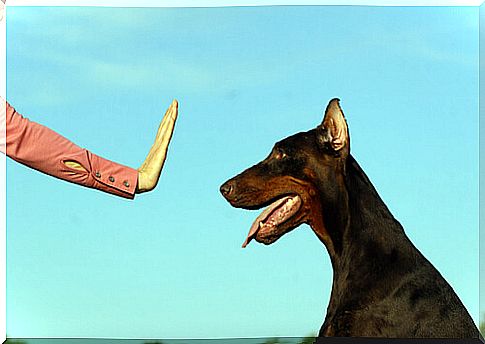
When home teaching is unsuccessful, see a canine trainer as soon as possible. The longer help is delayed, the more complex it will be to change an unwanted habit, and may even increase in the face of harsh reprimands from frustrated owners.
In general, the current success of the dog-human relationship is the result of a long process of domestication. For this reason, promoting good behaviors, in a welcoming, affective and disciplined environment, will, in most cases, be a guarantee of success in living with the dog.
